Caerlaverock Wildflowl and Wetland Trust (WWT), Dumfries & Galloway
Some 35,000 barnacle geese spend the winter on the Solway Firth, with many thousands of those at Caerlaverock, after spending their breeding season in Arctic Svalbard.
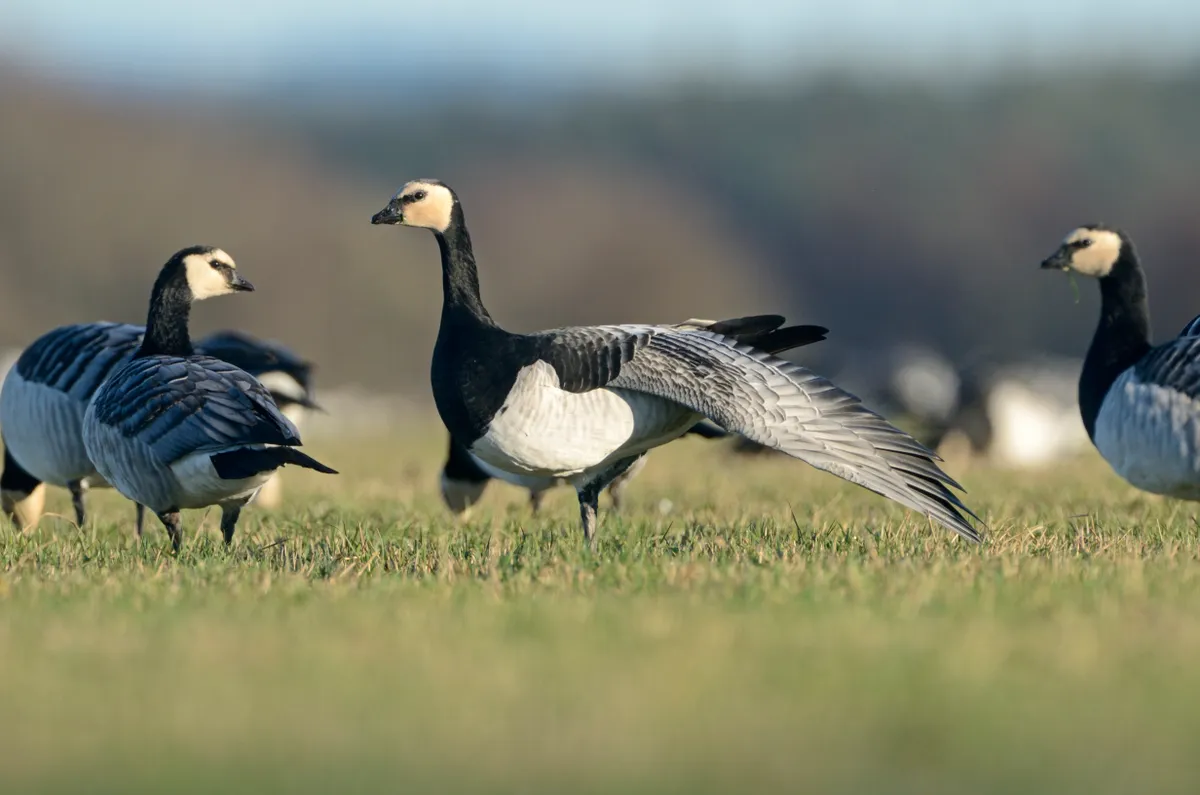
Strangford Lough, Northern Ireland
Noted for offering a winter home to three-quarters of the world population of light-bellied brent geese, nearly 40,000 birds. Waders and wildfowl visit in huge numbers, too.
More related content
Budle Bay, Bamburgh
Large numbers of overwintering greylag and pink-footed geese, plus wildfowl such as wigeon and teal. Stag Rocks (below the lighthouse) known for its wintering divers and grebes.
RSPB Fairburn Ings, West Yorkshire
Autumn brings passage waders, while in winter you can watch goldeneye, smew and goosanders starting to pair up in preparation for the coming spring.
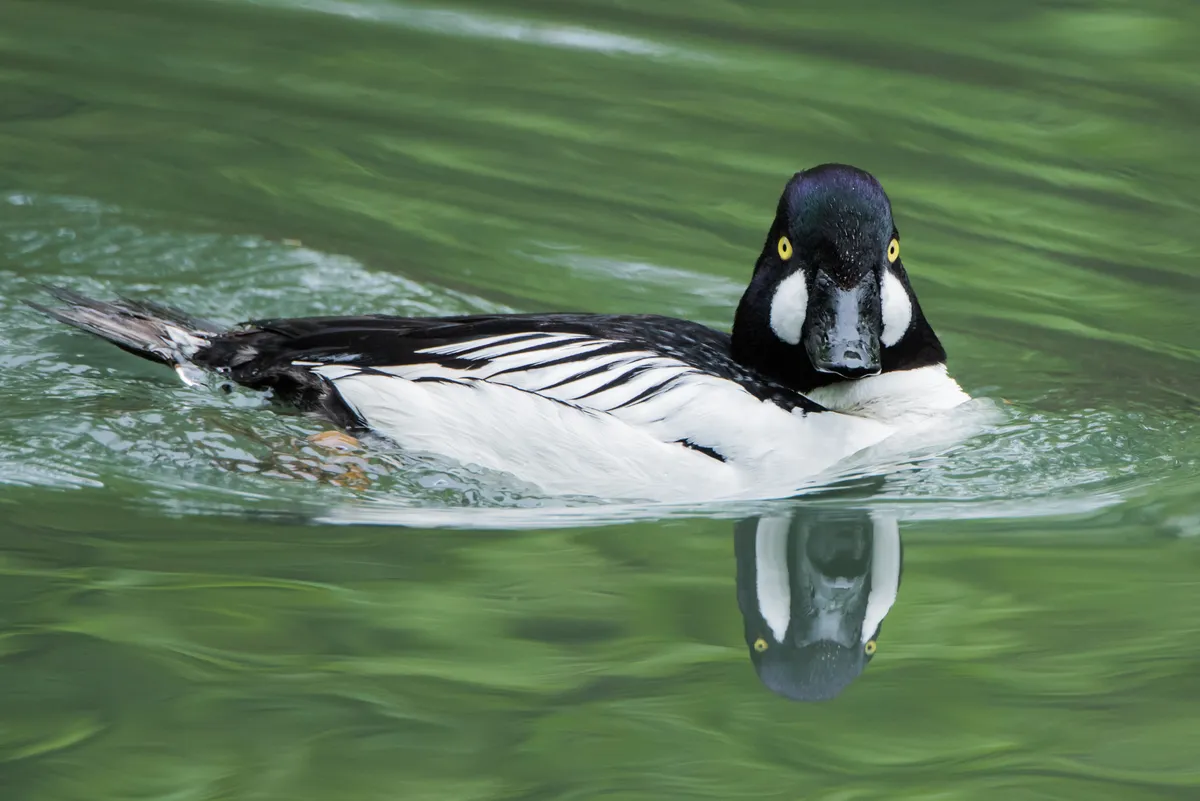
RSPB Parkgate / Dee Estuary, Cheshire
Autumn is a good time to see passage migrants such as black-tailed godwits and greenshank and also sees the arrival of the first pink-footed geese. Winter brings birds of prey such as hen harriers, merlin and short-eared owls.
RSPB Snettisham, Norfolk
Watch thousands of pink-foots leaving their night-time roost in The Wash any time from mid-November.
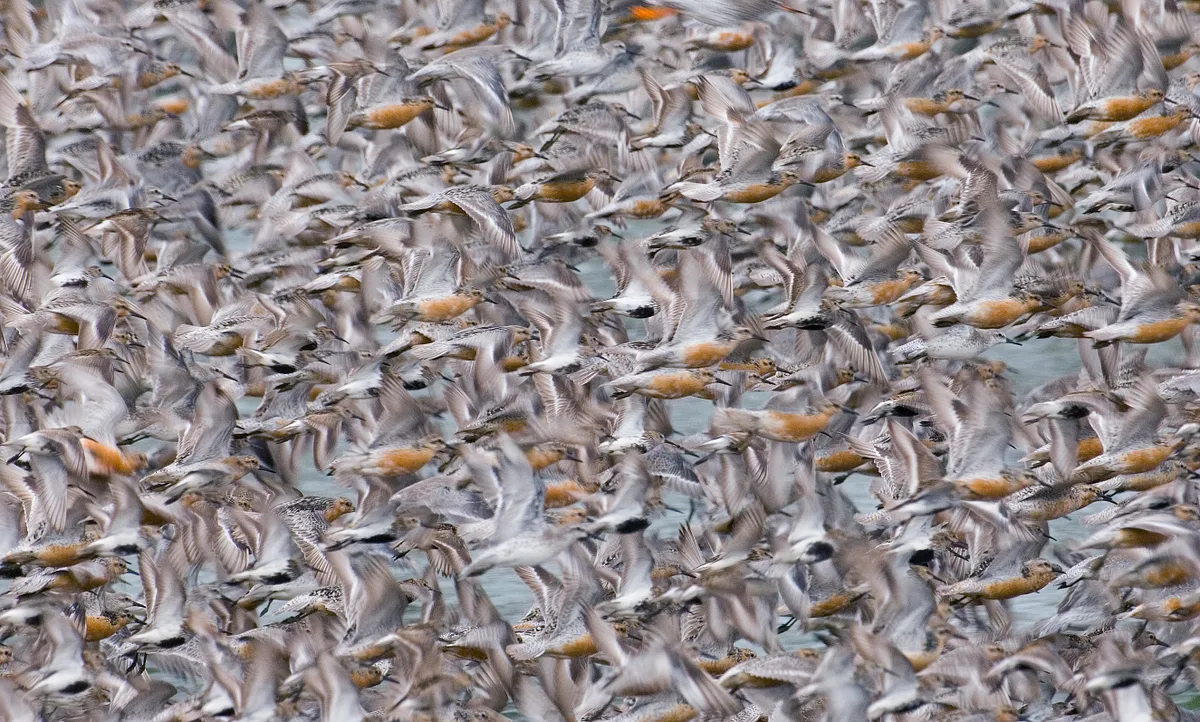
Shapwick Heath NNR, Somerset
Best-known for its starling roost – mainly visitors from continental Europe – but also an excellent place to see gadwall, shovellers and tufted ducks. Adjacent reserves such as Ham Wall worth visiting, too.
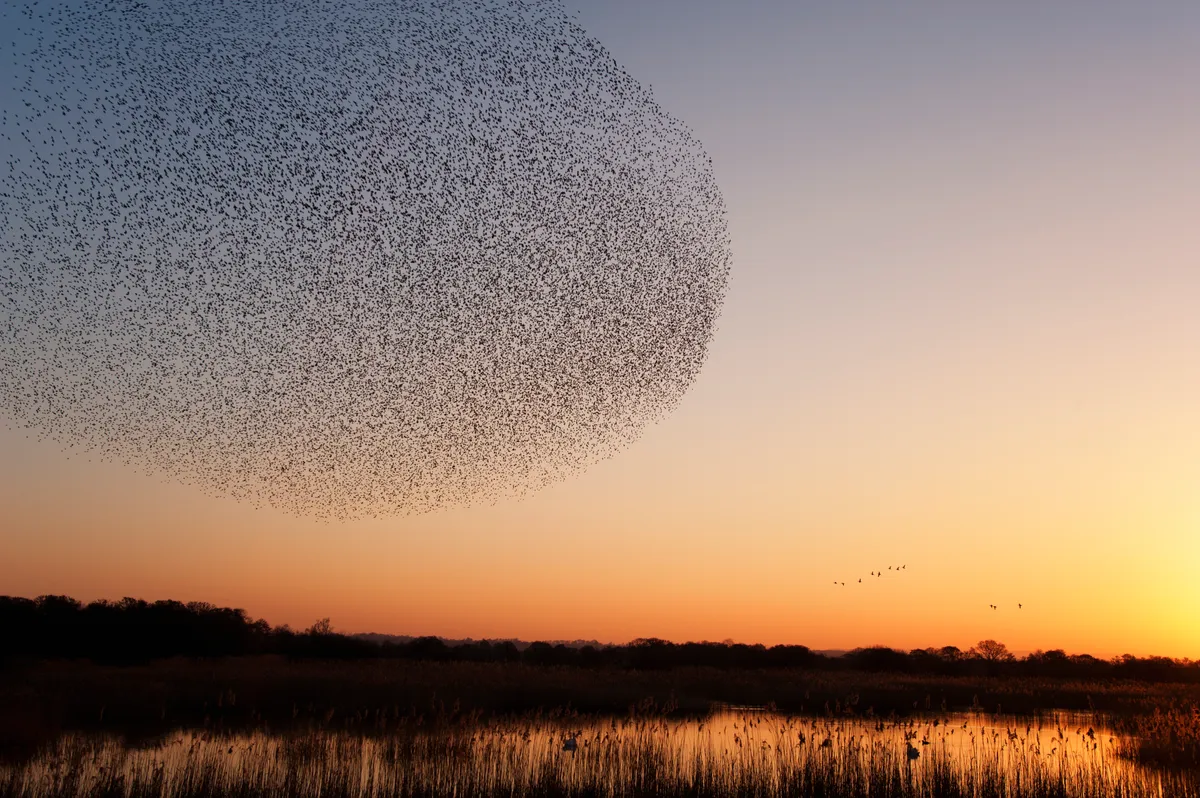
RSPB Pagham Harbour, West Sussex
A huge variety of birds, including large flocks of curlews, knot and bar-tailed godwits.
Dawlish Warren NNR, Devon
An impressive variety and numbers of waders spend the winter on the Exe Estuary – everything from avocets and bar and black-tailed godwits to curlews, dunlin and knot.
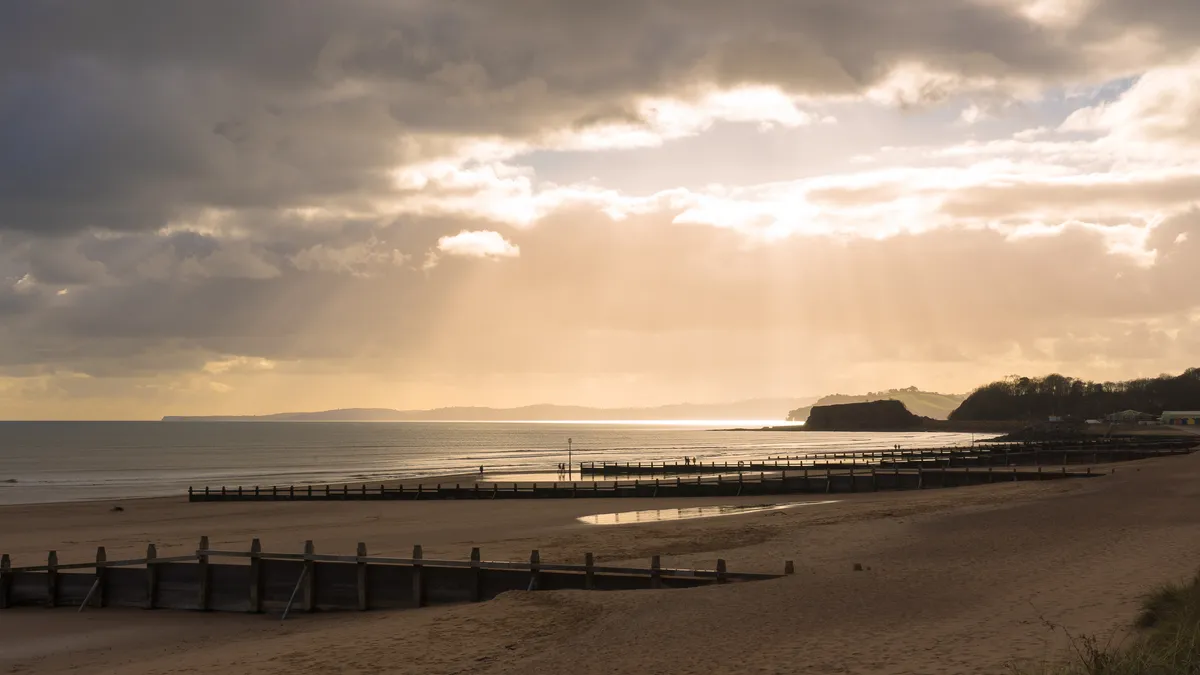
Stodmarsh NNR, Kent
Great flocks of wildfowl, and a spectacular starling roost. A winter visit here could also be your best chance of seeing a bittern.
